In the 17th century, lace was more valuable than gold. Crocheting such complex details with fine materials is labor intensive, and it’s what makes Susanna Bauer’s work—hand-stitched microscopic knots and patterns woven into leaves—instantly jaw-dropping. The work, she says, often begs people to ask: How?

Susanna Bauer in her UK-based studio. Photo by Rebekah Taylor
As a child in Munich, Bauer built small worlds. Using a pair of tweezers, she’d diligently assemble matchbox landscapes replete with paper-folded houses. Her affinity for plants led to studying landscape architecture, which later led to a career as a model maker for film and advertising. (You can thank Bauer for the wheels of cheese in Wallace & Gromit: The Curse of the Were-Rabbit.) But over the years she felt the need to express her own ideas.
Splitting her time between London and Cornwall, she took long walks collecting pieces of nature: beachwood, stones, fallen leaves. One day, she sought to “contain the experience” of nature, and, as a long-time knitter (beginning at age 6), decided to encase a branch and pebble in a crochet.

"Levels" (2015)
“It stopped the process of this pebble,” she explains, “of it being tumbled about and going in the flow of time. And it becomes something else. It becomes a memory of a moment for me.” Bauer focuses primarily on leaves to create such mementos. What’s more, the meticulously threaded chains and designs are made using only a hook, thread, and enough muscle control to work down to one-tenth of a millimeter. The patterns are then an extension of the places her mind goes, the meditative art of crocheting.
After 12 years of producing incredible feats like “Levels” (2015) and “Thrive” (2020), Bauer has the ability to touch a leaf and understand the tensile strength of the material. Ginkgo and maple leaves, for instance, are super thin and require a more delicate hand. And the Magnolia leaves she finds in lush, Cornish woodlands hold a dear place in her heart—she calls them the “classic leaf” given its big veins and ovular shape. That penchant for nature shows.

"Thrive" (2020)
“A fallen, autumn leaf is something people just walk through. It’s there in abundance,” Bauer says. “It degrades and it’s gone.” For her, these are not mundane things. Much like the whorls of our fingertips, if you compare two leaves side by side, you’d notice that neither are alike. “That’s why I find the meaning behind it so fascinating. Even from the same tree, each leaf has its own character. And that for me is loaded with symbolism. … How do we define what is precious? How much do we take nature for granted?”
See more of Bauer’s leaves on Instagram @susanna_bauer.
Words by David MacNeal
Banner photo by Steve Tanner







Leave a comment
This site is protected by hCaptcha and the hCaptcha Privacy Policy and Terms of Service apply.